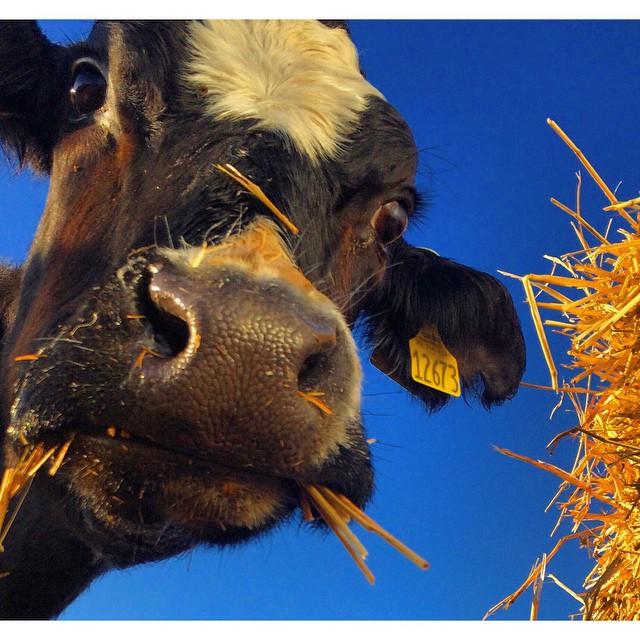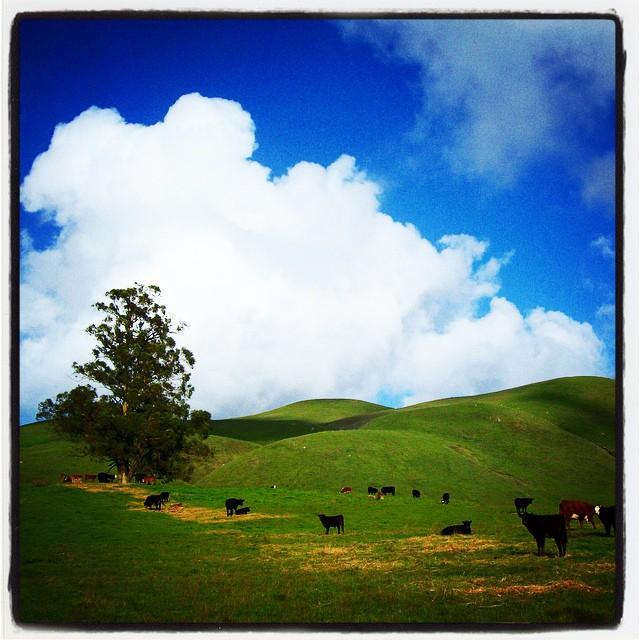As Ranger Brandon Bredo explains, grazing is one of those topics that can put a dinner table conversation among friends & family on edge. Everyone has an opinion. But, the real story with grazing is that it’s complicated; it is both a science and an art. Today, park managers are working hard to learn as much as they can about restoring and stewarding grassland ecosystems with grazing as one of their many tools.

When you see cows in a Sonoma County Park, please know that they are there to get some work done. It turns out that grasslands are adapted to pulses of activity that consume the overstory growth. This “mowing” of vegetation is a critical part of the function of the entire system. Much of California historically looked like the African Serengeti; a vast grassland savannah populated by herds of animals like mammoth, camel, antelope and elk. The herds ate the tall grasses, giving more sunlight to the other plants like wildflowers. They trampled some of the old grass and turned it into the soil along with manure as compost.

That’s all well and good, but here’s the rub: Grassland ecosystems do poorly when they have too much disturbance and they also do poorly when they have too little. What thoughtful ranchers have long known is that every site is different, every season is different, and no one system fits every situation. So, grazing requires observation, monitoring and constant tinkering.
Thanks to ongoing partnerships with local livestock producers active grazing programs are happening right now at Taylor Mountain, North Sonoma Mountain, and Tolay Lake.
See you in the parks!

 Live Radio
Live Radio





